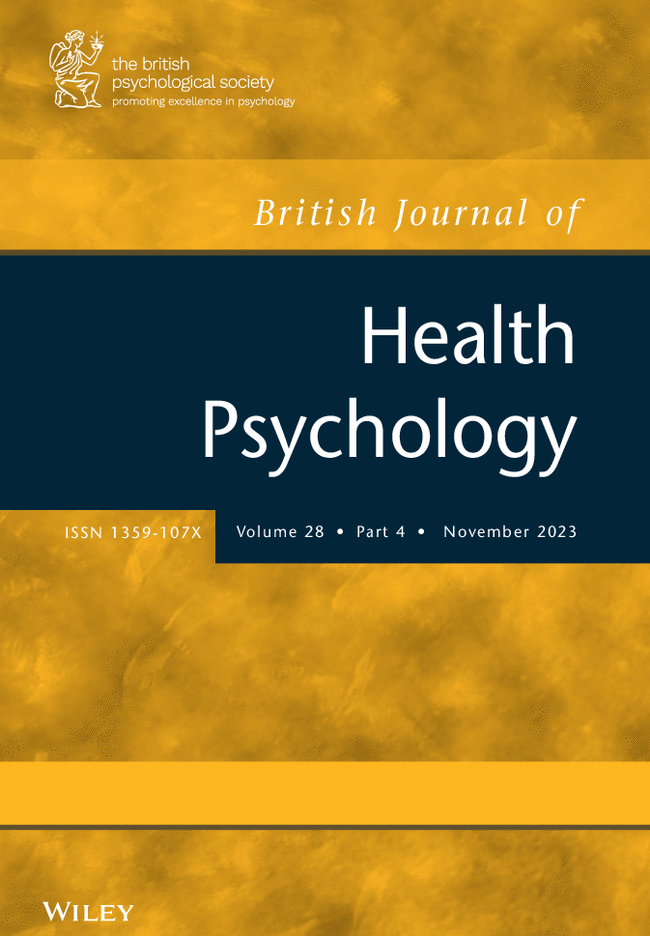A randomized controlled trial of the impact of support visits on self-isolation compliance: The Havering winter/spring support trial
Abstract
Objectives
Limited evidence exists on the policies to increase self-isolation compliance, with no experimental evidence. This trial aimed to evaluate the effect of a home visiting intervention in the London Borough of Havering on compliance with self-isolation guidance, relative to positive COVID-19 cases who received no home visits.
Design
Mixed method evaluation involving a two-arm randomized controlled trial (RCT) with an implementation and process evaluation.
Methods
A total of 3878 cases who tested positive for COVID-19 were randomly allocated with equal probability to receive home visits from Havering outreach team staff (n = 1946) or to a control group (n = 1932) who did not receive home visits. Randomization was implemented through a spreadsheet consisting of random numbers generated online that was used to randomly allocate cases to treatment and control. Check-in calls were conducted by a separate blinded contact tracing team on day six of isolation to measure successful self-isolation compliance. The primary intention-to-treat (ITT) analysis was conducted on 3860 cases as 18 patients were excluded from analysis because of the missing outcome data. For the implementation and process evaluation, qualitative, semi-structured, one-to-one interviews were conducted with trial participants in the treatment arm of the RCT (n = 15) and stakeholders within the London Borough of Havering's Adult Social Care and Health Team (n = 8). Qualitative data was analysed thematically using a framework approach.
Results
Positive cases who were allocated to receive the home visiting intervention (n = 1933) were more likely to report successful self-isolation compared to those allocated to the control group (n = 1927), an effect that was statistically significant (odds ratio 1.204 [95% CI: 1.052, 1.377]; absolute probability difference: 4.1 percentage points [95% CI: 1.2–6.9]). The implementation and process evaluation found that a key driver of compliance was altruistic motivation based on its perceived importance for protecting the community with some participants also reporting the potential of being caught not complying as a driving factor. Participants also reported that the intervention helped them ‘feel supported’, provided them with information about practical and financial support, and clarified their understanding or increased their awareness of self-isolation and COVID-19 guidance. No harms were reported from this trial. The trial was registered at the ISRCTN registry, number ISRCTN10030612.
Conclusions
A home-visiting intervention conducted between January and March 2022 increased the self-isolation compliance of positive COVID-19 cases allocated to receive home visits. The implementation and process evaluation highlighted that the intervention increased individuals' motivation to comply with guidance, and addressed some barriers associated with opportunity and capability to comply. This trial provides much-needed evidence to inform the policy and intervention design to support public health and social measures in future outbreak scenarios.


 求助内容:
求助内容: 应助结果提醒方式:
应助结果提醒方式:


